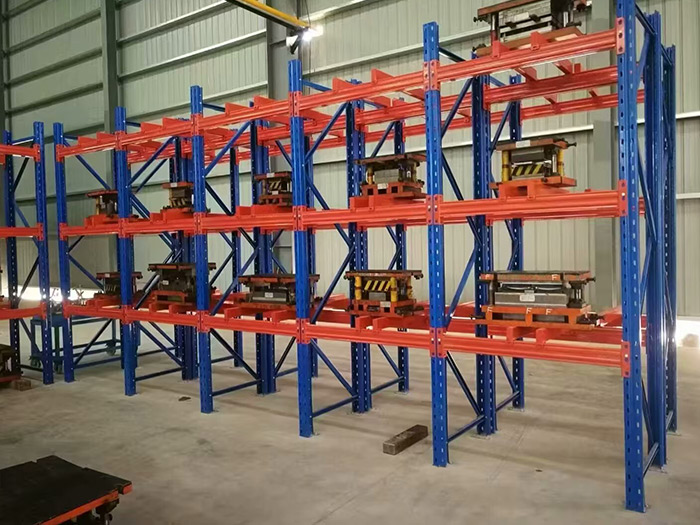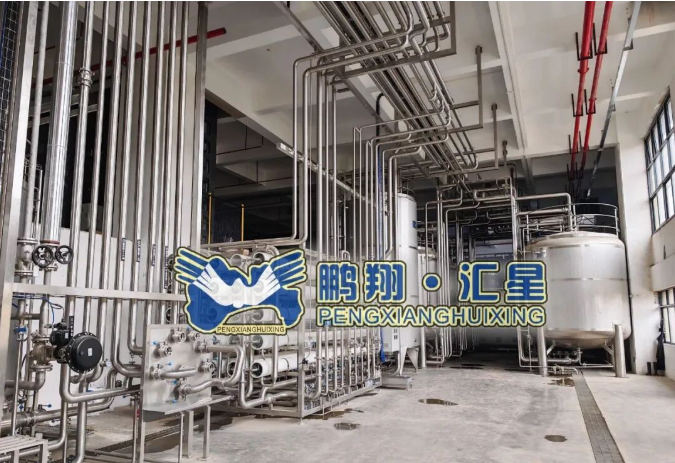Unveiling the Drawbacks: A Comprehensive Analysis of HP Printers
When it comes to home and office printing solutions, HP printers are often at the forefront of consumer choices. Renowned for their reliability and innovative technology, HP has established a strong foothold in the printing industry. However, like any product, HP printers come with their own set of disadvantages that potential buyers should consider before making a purchase. In this article, we will delve into the various drawbacks associated with HP printers, providing a nuanced understanding that goes beyond surface-level critiques.
- Cost of Consumables
One of the most significant disadvantages of HP printers is the ongoing cost of consumables, particularly ink cartridges. While the initial purchase price of an HP printer may be competitive, the long-term expenses can be substantial. HP's proprietary cartridges often come with a higher price tag compared to third-party alternatives. Additionally, many users report that the ink cartridges do not yield as many pages as advertised, leading to more frequent replacements and increased costs over time. This can be particularly burdensome for businesses or individuals with high-volume printing needs.
- Print Quality Variability
While HP printers are generally known for their print quality, variability can be an issue. Users have reported inconsistencies in print quality, especially when using non-HP ink cartridges. This can result in faded prints, streaks, or color discrepancies, which can be particularly problematic for professional documents or presentations. Moreover, some models may struggle with certain types of media, such as glossy photo paper, leading to subpar results that do not meet user expectations.
- Software and Driver Issues
Another drawback of HP printers is the potential for software and driver issues. Users often encounter difficulties when installing or updating drivers, which can lead to connectivity problems or printer malfunctions. Additionally, HP's software suite, while feature-rich, can be cumbersome and may require regular updates that can disrupt workflow. This can be particularly frustrating for users who rely on their printers for time-sensitive tasks.
- Limited Compatibility with Third-Party Products
HP printers are designed to work seamlessly with HP consumables and software, but this can lead to compatibility issues with third-party products. Many users find that third-party ink cartridges or paper do not perform as well in HP printers, resulting in poor print quality or even damage to the printer itself. This proprietary ecosystem can limit users' options and lead to higher overall costs, as they may feel compelled to purchase HP-branded products exclusively.
- Environmental Concerns
In an age where sustainability is a growing concern, HP printers have faced criticism regarding their environmental impact. The production and disposal of ink cartridges contribute to plastic waste, and while HP has initiatives aimed at recycling, the effectiveness of these programs can vary. Additionally, some users have reported that their printers consume more energy than expected, leading to higher electricity bills and a larger carbon footprint.
- Customer Support Challenges
While HP offers customer support for its products, many users have reported challenges in accessing timely and effective assistance. Long wait times, unhelpful responses, and difficulty navigating the support system can lead to frustration, especially when users encounter urgent issues. This can be particularly detrimental for businesses that rely on their printers for daily operations and cannot afford prolonged downtime.
Conclusion
In conclusion, while HP printers offer a range of features and benefits that make them popular among consumers, it is essential to consider the disadvantages that accompany their use. From the high cost of consumables and potential print quality variability to software issues and environmental concerns, these factors can significantly impact user experience and overall satisfaction. By understanding these drawbacks, potential buyers can make informed decisions that align with their printing needs and budget. Ultimately, weighing the pros and cons will lead to a more satisfactory printing experience, whether for personal use or professional applications.



